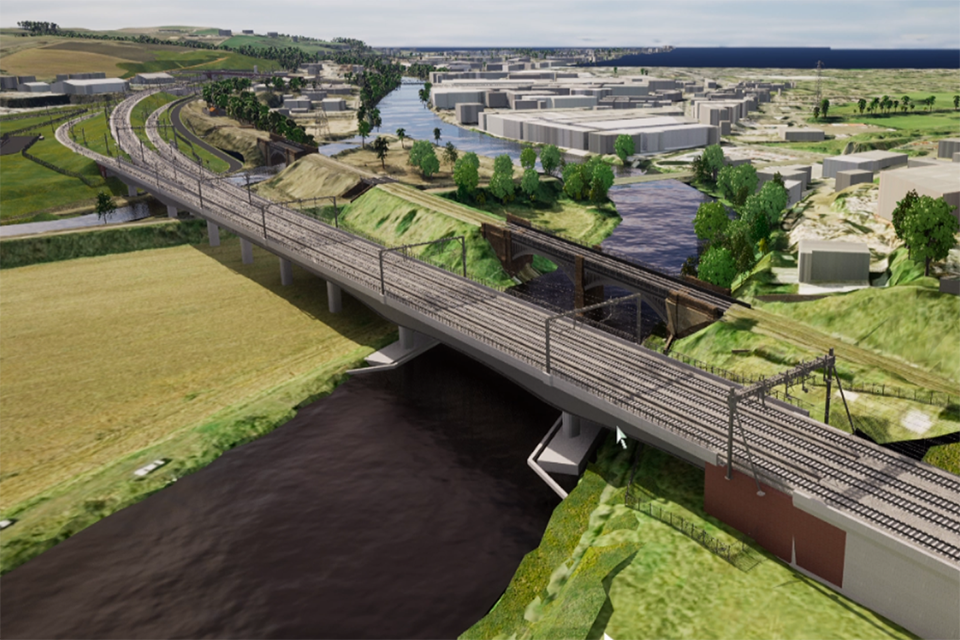Or send them to another 80x operator who needs capacity - I'd imagine Lumo for instance would consider making an offer even if it meant removing the engines to give them their electric credentials, or perhaps GWR or LNER could use a few. Or even Hull/Grand Central.
It strikes me that splitting TPE into a proper InterCity service (Liverpool-Newcastle twice an hour, probably fewer stops than now, new long EMUs) and a regional service as part of son-of-Northern (everything else pretty much*) would make sense and could well happen under son-of-BR assuming Labour do that as intended. Which I suppose does take you back to end doors!

* Or actually maybe a Liverpool-Nottingham IR would make sense too, which might work for the 802s.


